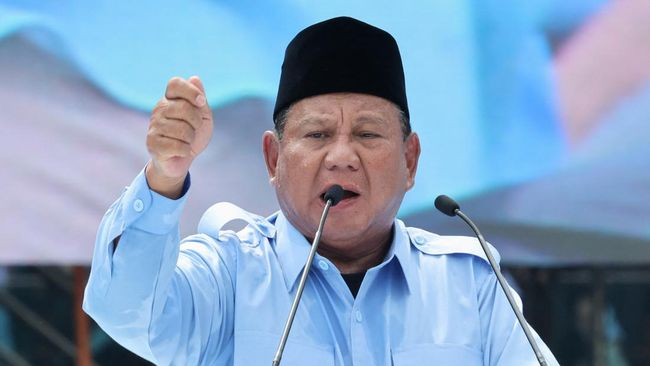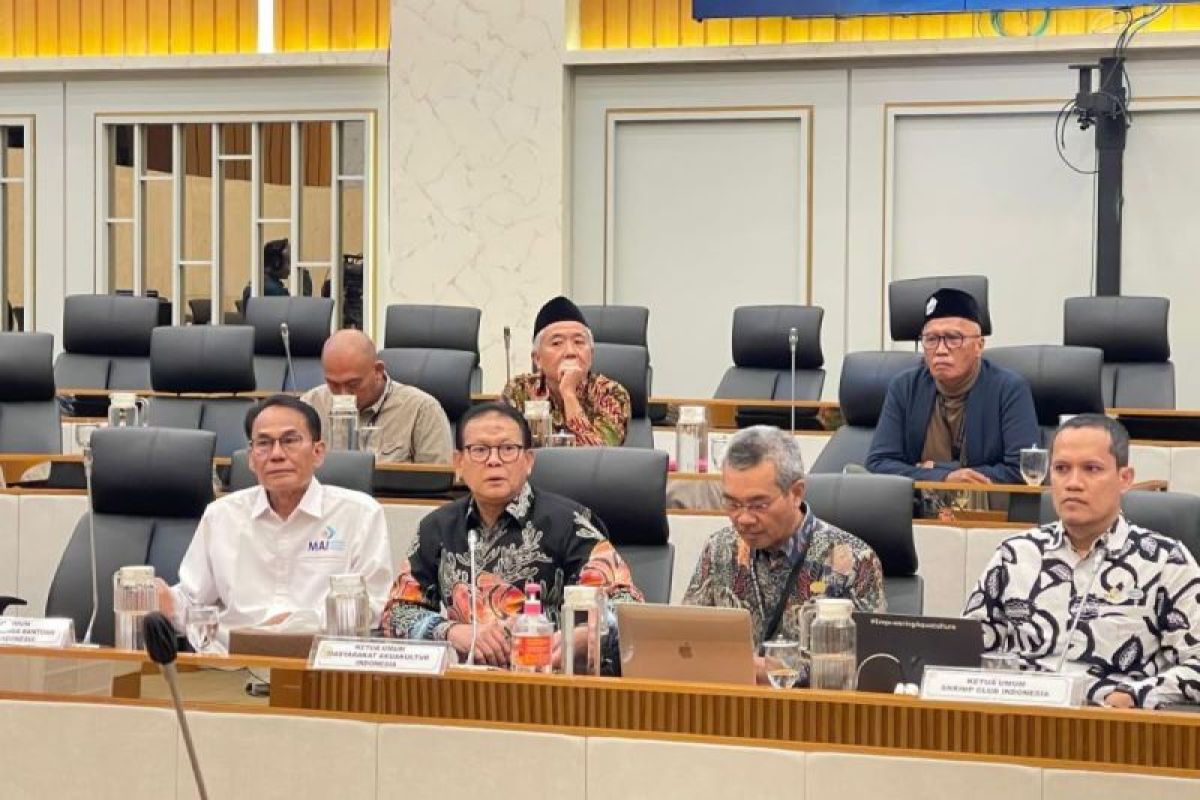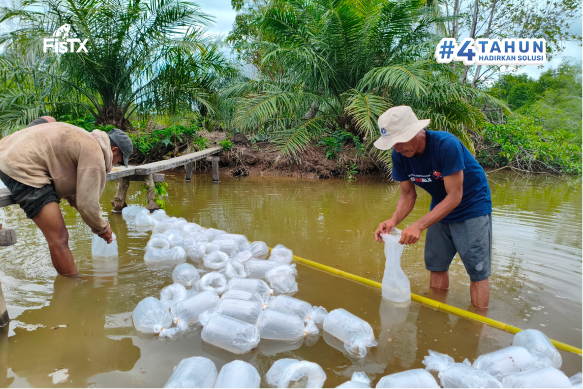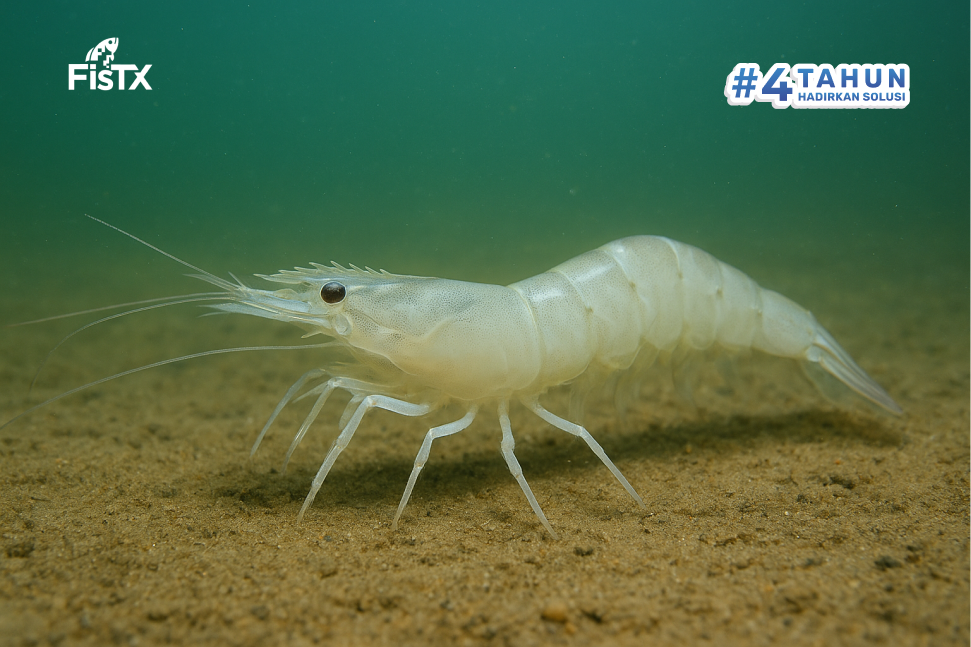
5 Effective Steps to Cultivate Environmentally Friendly Shrimp by Prabowo
Shrimp cultivation in Indonesia is increasingly developing and plays an important role in the national economy, especially for coastal communities. However, conventional shrimp pond management often creates environmental challenges, such as water pollution due to waste discharge directly into rivers or the sea.
To overcome this problem, Prabowo Subianto, Presiden Republik Indonesia, through government initiatives, supports the implementation of environmentally friendly shrimp cultivation methods. This innovation aims to maintain ecosystem balance while increasing pond productivity through the implementation of modern systems.

1. Separate Inlet and Outlet System
A separate inlet and outlet system in shrimp farming is an important component for maintaining water quality and environmental health around the pond. In modern cultivation as implemented in Kebumen ponds, each pond has an inlet and an outlet that are designed separately.
This prevents contamination between incoming water and outgoing wastewater, which can carry bacteria or pollutants that harm the environment around the pond.
Inlet water is usually taken from a safe source such as a river or tank and goes through a filtering process before entering the pond, ensuring optimal water quality for shrimp growth.
With this separation, the water entering the pond can be ensured to be of good quality and free from contaminants that may be brought in from other ponds or from water that has been polluted by the pond waste itself.
2. Benefits of Separate Channels in Shrimp Farms
- Water Quality Control
A special inlet channel carrying clean water prevents mixing with contaminated wastewater. This contributes to better water quality in the pond so that the shrimp can grow in optimal conditions. - Pollution Risk Reduction
A separate outlet channel allows waste from the pond to flow directly to the WWTP before being released into the environment. In this way, the risk of pollution of rivers, seas, or other water sources can be reduced. - Utilization of Water Tanks
In sustainable shrimp farming, water reservoirs play a vital role in maintaining the quality and stability of the water environment in ponds. The main function of the reservoir is as a place to store and treat water before it is used in the main pond.
Tanks help reduce contamination and pathogens that may be carried from external water sources. By allowing the water to settle first in the reservoir, suspended particles can be separated, making the water safer for the shrimp when it is finally channeled to the main pond
In addition, reservoirs can function as effective natural biofilters. By adding natural elements such as algae or seaweed in the reservoir, water quality improves naturally.
These aquatic plants act as filters that reduce organic matter and other harmful substances from the water while providing additional oxygen. This is especially important for super-intensive cultivation, where water quality must be strictly maintained so that shrimp can grow optimally and be disease-free.
Good reservoir management includes regular monitoring of water quality and cleanliness.
The water in the tank is usually added with a mild disinfectant or sterilized to eradicate pathogens, followed by checking parameters such as pH and ammonia levels to ensure ideal conditions.
This ensures that the water supplied to the grow-out ponds is of standard quality, supporting an environment that is conducive to productive and environmentally friendly shrimp farming.
3. Implementation of Waste Water Treatment Plants (IPAL)
In aquaculture, especially intensive shrimp farming, the implementation of Waste Water Treatment Plants (IPAL) is an important element that functions to manage waste sustainably.
WWTP handles solid and liquid waste originating from leftover feed, feces and organisms which not only have a negative impact on the health of pond waters, but can also pollute the surrounding environment if not managed properly.
With IPAL technology, this waste is processed through physical, chemical and biological processes so that the waste water meets quality standards before being discharged back into the environment or reused in ponds.
The IPAL process involves several stages. The initial stage is filtering large particles from waste water, for example, feces and leftover feed, which is carried out through filter media or coarse filters.
Then, the waste undergoes a biological process where microorganisms break down organic materials into safer components, such as gas and water. In the final stage, the water is treated through a purification process to ensure that there are no remaining particles that have the potential to pollute the environment.
WWTP provides long-term benefits for maintaining ecosystem balance and cultivation sustainability. With IPAL, the risk of water pollution from ponds which often occurs in intensive ponds can be reduced.
In addition, maintaining water quality will minimize the possibility of disease spreading to shrimp, thereby increasing overall farming efficiency. This system is also considered morally important as a form of responsibility of cultivators towards environmental preservation.
4. Operational Management in Modern Shrimp Farms
Good operational management is very important to maintain the sustainability of this environmentally friendly cultivation system. The management process involves regular monitoring of water quality, efficient feeding arrangements, and monitoring shrimp health.
Important Aspects in Operational Management
- Water Quality Monitoring
Water quality checks must be carried out periodically to ensure that water conditions are suitable for shrimp needs while minimizing the risk of pollution. - Feed Efficiency
Good feed management not only increases production efficiency but also reduces the accumulation of residual feed which can cause pollution in ponds. - Waste Control
A waste control system must be implemented strictly so that wastewater from ponds does not have a negative impact on the environment. Waste processing at the WWTP ensures that the water released into nature is free from hazardous substances.
5. Implementation of Biosecurity Standards and Use of Certified Materials
Implementing biosecurity standards in shrimp farming is an important step aimed at maintaining shrimp health and the quality of the pond environment, as well as preventing the entry of diseases or pathogens that can harm productivity.
Biosecurity includes strict procedures such as initial quarantine of shrimp seedlings, sterilization of equipment, as well as strict control of access of people and equipment to the pond area.
By separating quarantine areas and main production areas, the risk of disease spread can be significantly reduced. These biosecurity standards are becoming increasingly important because disease outbreaks can cause major losses to ponds and damage the surrounding ecosystem.
The use of certified materials in shrimp farming ensures that the seeds, feed, and additives used meet high-quality standards and are safe for the environment.
Certified ingredients such as feed free of antibiotics and harmful chemicals not only protect shrimp health but also help farms meet export requirements, especially for international markets where strict food safety standards are implemented.
By selecting the right materials, farms can minimize the risk of unwanted heavy metals or harmful substance contamination in the final product, making shrimp farming more sustainable and safe.
In addition, biosecurity standards and certified ingredients provide a positive reputation for Indonesian shrimp products in the global market, increasing competitiveness while demonstrating concern for responsible farming practices. By implementing biosecurity and certified materials, farms operate more efficiently and environmentally friendly.
This implementation also creates a more stable production cycle and reduces the possibility of disruption to the cultivation process caused by contamination or disease outbreaks, which is an important factor in maintaining operational sustainability.
Prabowo Subianto's environmentally friendly shrimp cultivation includes an integrated approach to ensure environmental sustainability as well as production efficiency.
Innovative steps such as separating inlet and outlet systems, using water reservoirs, and using Waste Water Treatment Plants (IPAL) are the main foundations for sustainable shrimp pond management. These steps reduce the risk of environmental contamination and contamination, which also contributes to ecosystem health.
In addition to physical infrastructure, implementing strict biosecurity and using certified materials also play an important role. Biosecurity helps prevent the spread of disease on farms, while certified ingredients such as antibiotic-free feed and quality fry ensure that the final product complies with global food safety standards.

These two aspects increase the competitiveness of Indonesian shrimp in the international market and demonstrate commitment to responsible farming practices.
Overall, through this approach, modern, environmentally friendly shrimp farming is expected to not only boost the economy by increasing the productivity of shrimp ponds, but also maintain the sustainability of aquatic resources and the surrounding environment.
This initiative reflects a vision to maintain a balance between production and environmental conservation, as well as encouraging a more sustainable shrimp farming model. It is hoped that this effort can become an example that is widely adopted to build a greener and more competitive fishing industry./Chnt
Read More Articles

Collaboration between CarbonEthics, SAMPAN Kalimantan, and FisTx Brings Sustainable Silvofishery to Dabong Village
23 September 2025

Bacillus Licheniformis: Effective Solution to Reduce Algal Blooms in Ponds
23 February 2024

Damage to Hepatopancreas Microflora and Its Impact on Shrimp Health
25 September 2025